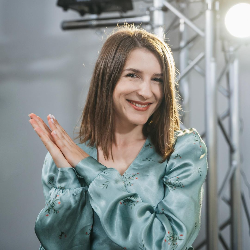We make it easy to hire people online. Get a money-back guarantee, awesome workspace, clear terms in plain English, upfront bills with itemized PDF receipts.
We make it easy to hire people online. Get a money-back guarantee, awesome workspace, clear terms in plain English, upfront bills with itemized PDF receipts.
All purchases (except Tips) are subject to a non-refundable Handling Fee of $3.49. This pays for platform overheads including admin, hosting, marketing, data costs and 24×7×365 support.

Hi, I’m Jane, I’m here to help you do business on HostJane.
So I can provide you the best support, choose a topic:
I also have information about your privacy if required.

Lishchyshyn
Music Theory
Go beyond advanced Canva and Adobe Indesign brochure design, hire desktop publishing and graphic design experts who are familiar with typesetting for gate fold and double parallel brochures to half-tri to tri-fold brochures to roll fold to z-fold brochures; adding shapes, maps, text areas, objects and color theory, frames, lines and illustrations to build you a custom promotional brochure for college or company's products and services from annual financial reports to tourism information. . Find Brochure Design WFH freelancers on April 23, 2025 who work remotely. Read less
Read moreGot questions? can help!
Chat is locked. You can not contact this user.
HostJane rule
Please do not send or receive any money outside HostJane which is against our site rules.
HostJane rule
Please check your content is in line with the HostJane AUP.
You have exceeded maximum upload of 20MB. Please use WeTransfer or Dropbox to send big files.
Earn cash or accept donations.
